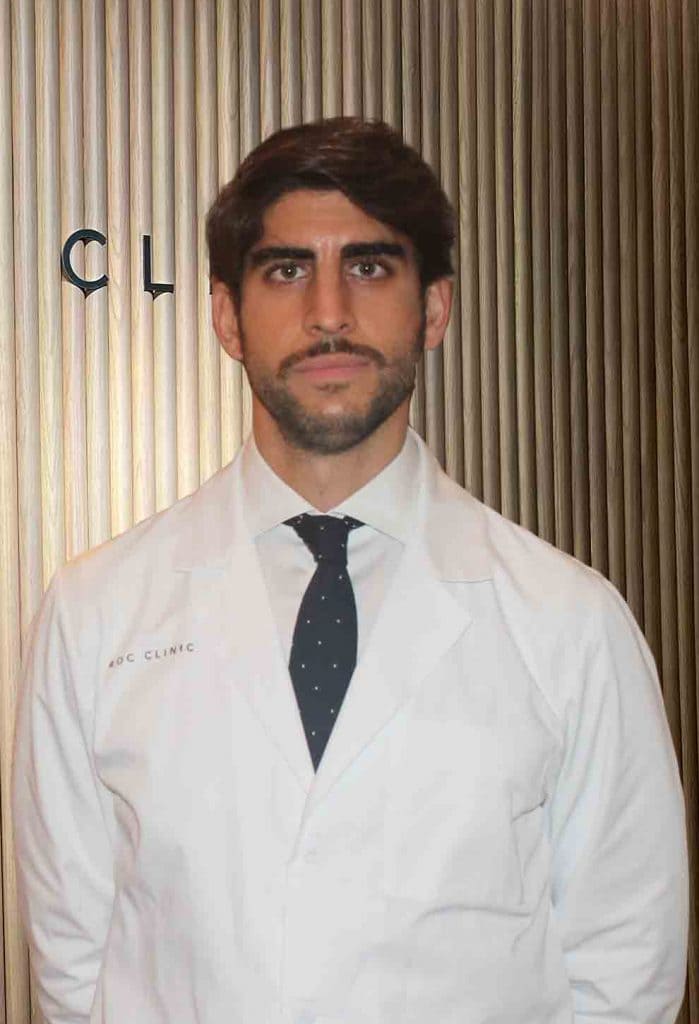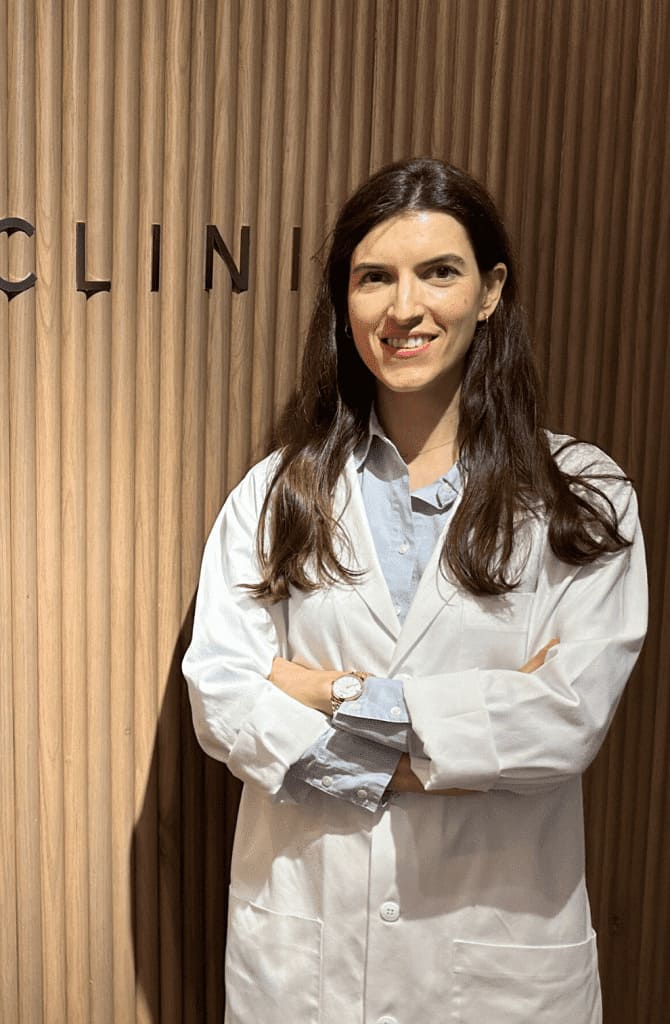Treatment Overactive Bladder
To combat the symptoms of overactive bladder, you should start by trying habit changes.
For example: diet modification, timed voiding strategies, bladder containment techniques using pelvic floor muscles. If these guidelines do not help enough, a physician can evaluate if there is a specific cause and prescribe appropriate treatment.
- Super-specialized urologists
- Personalized treatment
- Minimally invasive approach
- More than 16,000 patients successfully treated
Treatments and Technology
Behavior modification
As a first step in the treatment of overactive bladder, a behavior modification program that includes hygienic-dietary guidelines is recommended.
These can be adapted to the needs and capabilities of patients. In most cases they are effective and are not associated with adverse effects, but active patient participation is necessary:
- Body weight management to achieve and maintain a healthy weight: weight loss can relieve symptoms of overactive bladder and help you manage urinary incontinence if present.
- Control of fluid intake: reducing controlled fluid intake may reduce the frequency and urgency associated with overactive bladder. It is recommended that the causes of high fluid intake be studied in the patient's clinical history, without losing sight of the fact that restricting fluid intake may produce undesirable effects such as urinary tract infection, dehydration or constipation.
- Reduction of caffeine consumption.
- Treatment of constipation in adults if necessary. It is advisable in cases of urinary incontinence.
- Smoking cessation.
- Scheduled voiding patterns: establish a schedule for going to the bathroom, for example, every two to four hours, to get used to urinating at the same times every day instead of waiting until you feel the urgent need to urinate.
- Bladder training: Bladder training involves holding back the urge to urinate when the need is felt. You should start by holding your urine for short periods (2-5 minutes after the urge appears), and progressively increase the time, aiming to urinate every two hours. This is only possible if you can tense (contract) the pelvic floor muscles correctly.
- Kegel exercises to strengthen the pelvic floor muscles and the urinary sphincter. When strengthened, they allow you to stop involuntary bladder contractions. The benefits of these exercises will depend on how regularly you do them.
If necessary, the above guidelines can be combined with pharmacological treatment.
Medications
Medications that relax the bladder may be helpful in relieving symptoms of overactive bladder and reducing episodes of urge incontinence: mirabegron, solifenacin, fesoterodine, defesoterodine, tolterodine, oxybutynin, trospium.
These medications may have side effects such as dry eyes and dry mouth (drinking water to quench thirst may aggravate overactive bladder symptoms) or constipation (may aggravate bladder symptoms). Extended-release forms of these medications, such as skin patches or gels, may have fewer side effects.
Your doctor may recommend sipping small amounts of water, sucking on sugarless candy or chewing sugarless gum to relieve dry mouth, and eye drops to keep your eyes moist. To avoid constipation, your doctor may recommend a high-fiber diet or stool softeners.
On the other hand, women with menopause may be prescribed vaginal estrogens usually topically to help strengthen the muscles and tissues of the urethra and vaginal area, greatly improving the symptoms of overactive bladder.
Onabotulinum toxin type A injections
Onabotulinum toxin type A, also known as "Botox", is a protein from the bacteria that cause botulism. This protein, used in small doses, is injected directly into the bladder tissues to relax the muscles.
The effects usually last six months or more, making repeated injections necessary. Side effects can include urinary tract infections and urinary retention. If you are considering Botox treatment, you should be able and willing to be catheterized in case urinary retention occurs.
Nerve stimulation
In cases that do not respond to other treatments, nerve neromodulation may be considered. These include posterior tibial nerve stimulation which is performed percutaneously. This involves placing a fine needle through the skin near the ankle to send electrical stimulation of a nerve in the leg (tibial nerve) to the spine, where it connects to the nerves that control the bladder. Another alternative is the placement of a sacral root neuromodulator.
Intermittent catheterization
If the patient is unable to empty the bladder completely, the periodic use of a catheter to empty the bladder helps the patient do what he/she cannot do on his/her own. The physician will have to indicate if this method is appropriate for each case.
They ask us in the Consultation
How is overactive bladder treated?
In addition to hygienic-dietary measures, there are specific oral and patch drugs for the treatment of overactive bladder. The use of botulinum toxin is also useful to manage overactive bladder.
Is an overactive bladder operated on?
In case of pelvic floor weakness and stress incontinence, surgery is performed for the treatment of stress urinary incontinence. However, in case of overactive bladder there is no clear surgical treatment.
Is urodynamic study useful in cases of overactive bladder?
Patients with overactive bladder show in the urodynamic study detrusor bladder muscle contractions during filling, which allows the diagnosis of overactive detrusor. In addition, the urodynamic study provides information on bladder capacity, the elastic capacities of the bladder, how bladder emptying works and the presence of stress urinary incontinence, among others.
Is overactive bladder incontinence related to age?
Overactive bladder, unlike stress urinary incontinence, does not have such a marked component with age, so it also appears in younger people.
Team of the Overactive Bladder Unit
Newsof ROC Clinic on Overactive Bladder
Research
Combined laparoscopic surgery for the treatment of pelvic organ prolapse and recurrent urinary incontinence


 +34 912 627 104
+34 912 627 104 Contact
Contact












